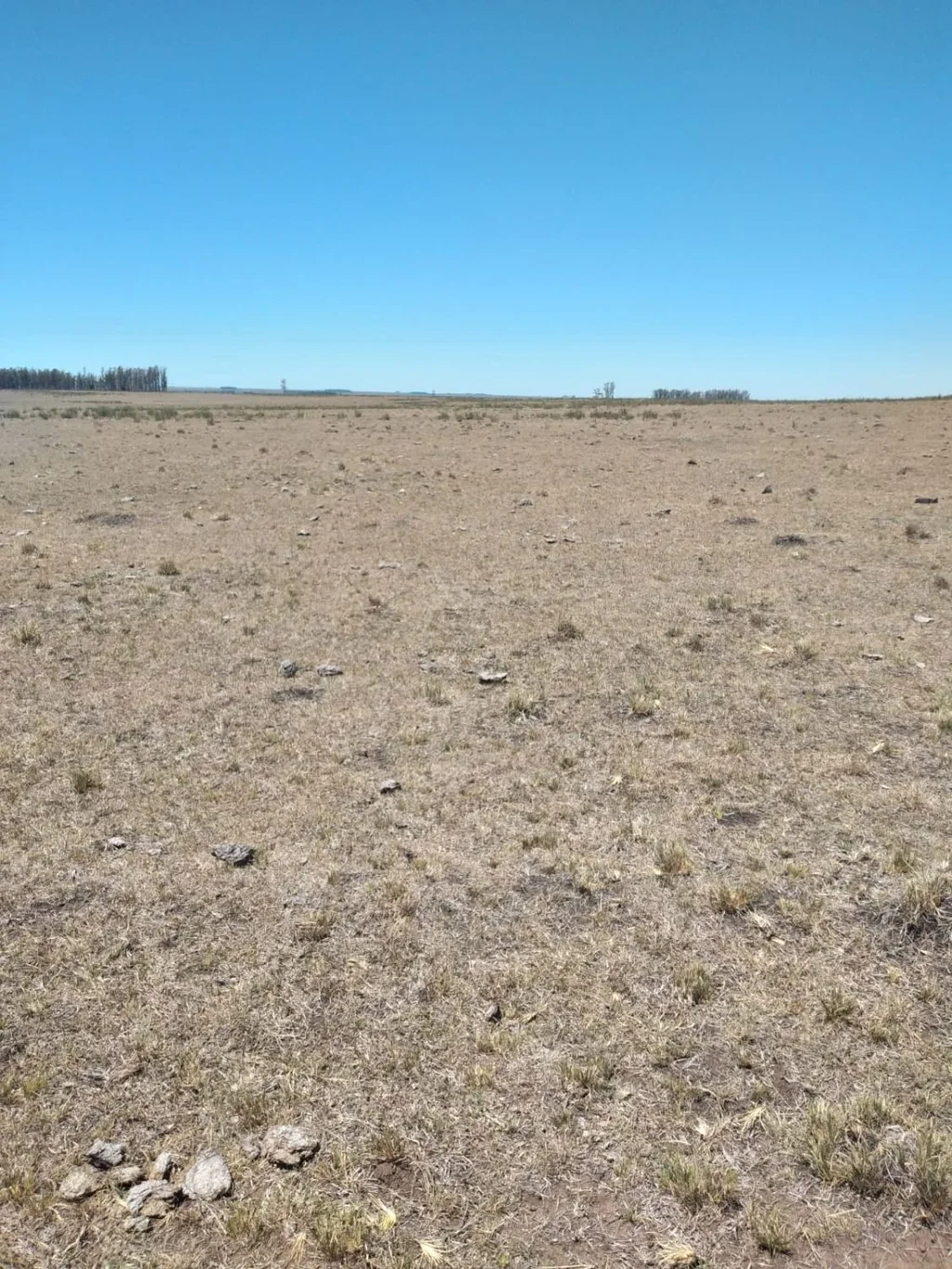After almost three months without an adequate level of rainthe drought that is expressed in the north of the country, especially in Artigas and Salto, is causing high-magnitude damage to ranchers, due to the decrease in the availability of food but especially waterso much so that there are areas where there are cattle with minimal or even no access.
Producers are enduring two short-term adversities, the rising costs having to resort to bales and rations to cover the lack of natural or implanted pastures and the need to speed up the sale of animals before the loss in their body condition is accentuated.
With more than two thirds of the national territory declared in agricultural emergency due to the accumulated water deficit, Those are two of the six departments – the others are Paysandú, Río Negro, Durazno and Cerro Largo – with all their territory included in the declaration that enables assistance from the Agricultural Emergency Fund to livestock, dairy, forestry, horticultural, beekeeping and poultry producers who qualify as beneficiaries. They can process subsidized credits, as well as an extension in payments to the Social Security Bank and make payment agreements with the municipalities.
“The situation is very messed up”assured Juan José Senattore, veterinarian, director of the Agricultural Association of Artigas and representative of the Rural Federation in the National Honorary Commission for Animal Health.
Matias Orihuela
Water reserves are running out.
dirty water mixed with mud
He explained that adversity is expressed throughout the department, where except for very isolated and low-volume episodes it hasn’t rained since early december. There are “very hard hit” areas, such as Colonia Artigas, near Baltasar Brum, and others close to the border with Brazil in the 4th and 6th sectionals that at least received some rainfall, but it has also been insufficient.
The most serious problem, he stressed, is that the lack of rain is compounded by the intense heat and the animals are running out of waterthe reserves in many watering places are depleted, in many what remains is the dirty water from the bottom mixed with mud.
The last weekend the forecasts were not fulfilled, where it rained only 10 mm fell, “which is better than nothing, but it is of little use.” And the worst, she said, is that no announcement of new rains at least until February 24.
Senattore pointed out that the cattle herd is suffering especially, because the sheep are more resistant, they withstand drought more, even, he mentioned, “a sheep can go six or seven days without drinking water.” In addition, a mostly dry weather state minimizes health problems in the flocks, especially the pietín.
The GRAS Unit of the National Institute for Agricultural Research (INIA), specializing in the subject, released maps showing the low availability of water, natural field pasture and cultivated species in the area considered.
Percentage of water available in the soil (PAD) in the period from FEBRUARY 1 to 10 with values less than 40% in part of the northern zone.
Nation level maps:https://t.co/qYHh0pmc5h,
police section: https://t.co/rKOkcaXwkM.@INIA_UY, @MeteorologiaUy pic.twitter.com/nIifLrPc2N— INIA GRAS Unit (@GRAS_INIA) February 11, 2022
We update the estimation of forage growth in Uruguay, at the police sectional level, according to the level of water deficit (period 1-10/02).@INIA_UY pic.twitter.com/bx2MApJm7y
— INIA GRAS Unit (@GRAS_INIA) February 11, 2022
bare field, yellow
“He is very brave, it is something dramatic for many producers”, was the expression that Pedro Félix used to explain what happens in Artigas with the drought. The representative in that area of the auction firm Desk Dutra lamented that “the water continues to be denied” and explained that “The entire field is bare, yellow, with dry water holes and this is also suffered in a moment of great heat”.
To the decrease in forage availability and the difficulties in accessing water adds another enemy: the tickwhich has to mistreat many roundabouts.
Félix explained that the producer who does not have a way to provide his cattle with at least water and shade “are the most complicated”, because if there is no good food but there is shade and water “at least they can take a drought.”
In that scenario, he indicated that one of the tools that the rancher has is to adjust the load“loosen the fields by removing animals”, and in this context the mission of the bureau is to coordinate marketing in order to best defend the animals that the producer needs to sell, for which it plays in favor of These are animals with good genetics.

Peter Felix
Drought in the northern zone of Uruguay.
Tajamares to bury bugs
In Salto also “things are rough”agreed Mónica Silva, president of the Rural Federation and producer in the Arapey Chico area –in the 10th section–.
In that area in January, while in other parts of the country there were rains above 200 mm, only 60 mm were received. There the situation is negative, but more in places where it rained from 15 to 25 mm and in others where no water was received. “Everything is complicated,” he mentioned, referring mainly to areas of Salta close to Artigas.
“In general, the situation is horrible, the pastures are in decline and the dams are only used to bury bugs,” lamented the president of the rural entity.
Silva, after alluding to a very adverse combo: lack of precipitation, very high temperatures and a lot of wind –which enhances evaporation–said many producers are already feeding their herds with rations, given the absence of pastures.
Resorting to food supplements is a useful strategy, but it makes the production process more expensive.
“I want to have hope that some rain will come, but if the fall is not good, the situation will be very serious,” Silva warned.
A detail that clearly shows the magnitude of the problem is that specimens of various species have been seen more frequently, such as mules looking for water and herons and cardinals in the animal feeders“all the bugs are looking for water”.

This is how the fields are in Artigas.







